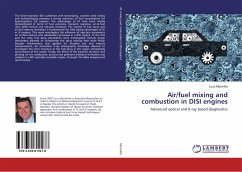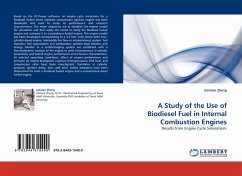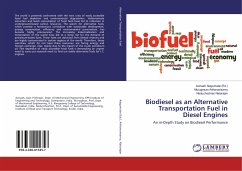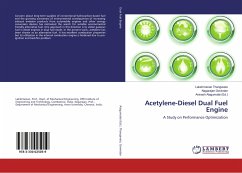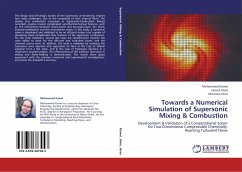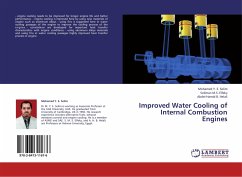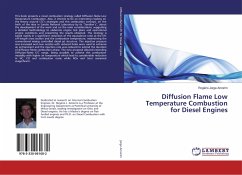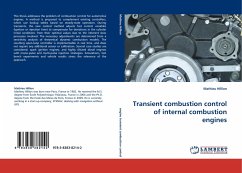The Direct-Injection (DI) combined with downsizing, variable valve timing and turbocharging promises a strong reduction of fuel consumption for Spark-Ignition (SI) engines. The advantages of DI have been widely demonstrated in terms of fuel economy, transient response, air-to-fuel ratio (AFR) control and reduced emissions. The control of fuel spray and air-fuel mixture formation is fundamental for fully taking advantages of DI in SI engines. This work investigates the influence of injection parameters on air/fuel mixture and combustion processes in a DISI engine. In the first part the main fuel spray parameters were investigated: Particle Image Velocimetry allowed to characterize the spray velocity field while Phase Doppler Anemometry was applied for droplets size and velocity measurements. An innovative X-ray tomography technique allowed to investigate the inner structure of the fuel spray in the region immediately downstream of the nozzle. Finally, the effect of the injection duration and phasing on the combustion process and pollutant emissions formation was studied in a GDI optically accessible engine, through UV-visible imaging and spectroscopy.
Bitte wählen Sie Ihr Anliegen aus.
Rechnungen
Retourenschein anfordern
Bestellstatus
Storno

